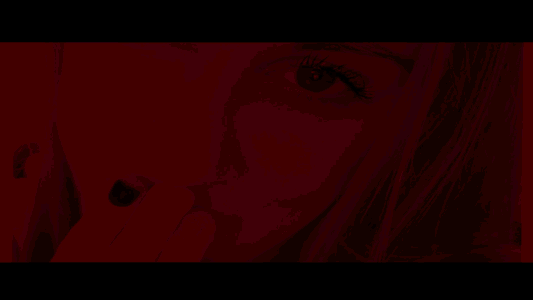Ecology is the interaction of organisms and their environment. What if the balance has been disrupted due to human population? As population grows residential areas expands taking over lands, marshes and coastal areas. Certain ecological effects are sometimes not considered in the process of expansion. This in effect causes a disruption in the community and hierarchy of the food chain for that particular area.
Death of a Behemoth


In September 2011 with the joint venture of the government, residents and hunters. It took three weeks before he was captured. Breaking ropes it took more than a hundred people and steel cables to finally restraint the behemoth.
This is the replica of Lolong which is on display at the Museum of Natural History.
Animal activists proposed his release back into the wild in which was rejected by the government. Since people has already gone missing it is a risk for the local community if the crocodile will be released.
Introduction of human population in the marshlands has disrupted the ecosystem of the territory. Humans has been recognized as prey upon occupying it's natural habitat. Careful study and planning should be considered before populating an area of land. In this tragic example tells us that boundaries should be set in order not to over step into specific territories with species that we cannot closely coexist with.
Another example of this disruption is during the construction of the Uganda Railway in 1898 where the Tsavo Man Eaters hunted down railroad workers. Two male lions which are maneless terrorized the campsite and preyed upon Indian workers. The total casualty count was claimed to be 135.
The skeletal remains of the giant crocodile now hangs from the ceiling in this section of the museum.
Crocodylus Porosus
The scientific name for the salt water crocodile known to grow up to 23 ft and the largest of all reptiles. Thrives in marine environment and can be found in swamps, brackish waters, rivers and lagoons. They are known to prey upon large animals like deer, boars, kangaroos, sharks and even cattle or water buffaloes.

On February 2013 the giant crocodile was found dead and bloated. Refusing to eat for days and with poor living conditions. It has been determined that the cause of death was pneumonia and cardiac arrest. Also as a contributing factor is a fungal infection that the creature has been suffering with. In addition to the shallow water and lying on concrete for long periods of time may have caused stress for the animal. Although a lot of crocodiles survived captivity this was probably not meant to be confined.
It has not been proven that Lolong was responsible for the death or missing fishermen. There are a lot of factors that may have contributed for it's attack on domesticated water buffaloes.
It has been known that during the 1960's crocodile population was controlled by hunting which was banned in the 90's. The population of the crocodiles may have increased and allowed them to grow to its full potential.
With the increase of the crocodile population, competition for prey may have occurred. They may have turned to local livestock in the area and possibly may have preyed on the inhabitants as well.
Shrinking territory caused by natural causes and land development may have forced them to migrate into a smaller area. As the territory decreases they are confined in a area closer to the community.
Coexisting with some of the most dangerous predators is a rare occurrence in populated areas. In this battle we already know who the losers are. Yes land is needed to develop the increasing population but the question is, "Up to what extent?"
Today it is known that there are still a lot of giants in the marshes of Bunawan. Some sightings suggest with crocodiles reaching up to 30 feet. Which in turn encourages again another hunt to put this giant on display. My suggestion is to first consider the boundaries of each territory that would be beneficial to both. If another person goes missing they easily dismiss that the suspect is a monster that lurks in the marshes. Living near the area of predators there repercussions that must be considered as we are the invaders.
Territory
They will attack anyone that enters their territory. Animal behavior is a natural instinct to defend against other species who enters their domain. Factors that contributes would be
- Survival
- Raising of offspring
- Food sources
- Mating area
- Nesting area
Today more and more areas are being developed and disturbs the natural ecosystem. The impact can be seen in cases like the Tragedy of Lolong. It is quite possible that soon we will no longer have giants hiding in the marshes. As the area grows smaller there would be no more hiding places. A sad probability that the rest of them would end up hanging on the wall or confined in eco parks and zoos.
Sources and Resource
Lolong
Bunawan, Agusan del Sur
Ecology
Tsavo Man-Eaters
Saltwater Crocodile
Territory
Photos are original and shot from the
National Museum of Natural History

Follow @surpassinggoogle to witness an extraordinary person in this platform and vote for @steemgigs as witness
Discovering exceptional content in the community follow @curie and vote as witness
To have a glimpse of awesome content from the Philippines check out @bayanihan
See unique culture from around the world and join the challenge thru #culturevulture by @eroche
All photos are original and taken with
Lumix GX85 Sigma 50mm 1.4 and 12-32 mm


.gif)


Lumix GX85 Sigma 50mm 1.4 and 12-32 mm


.gif)












